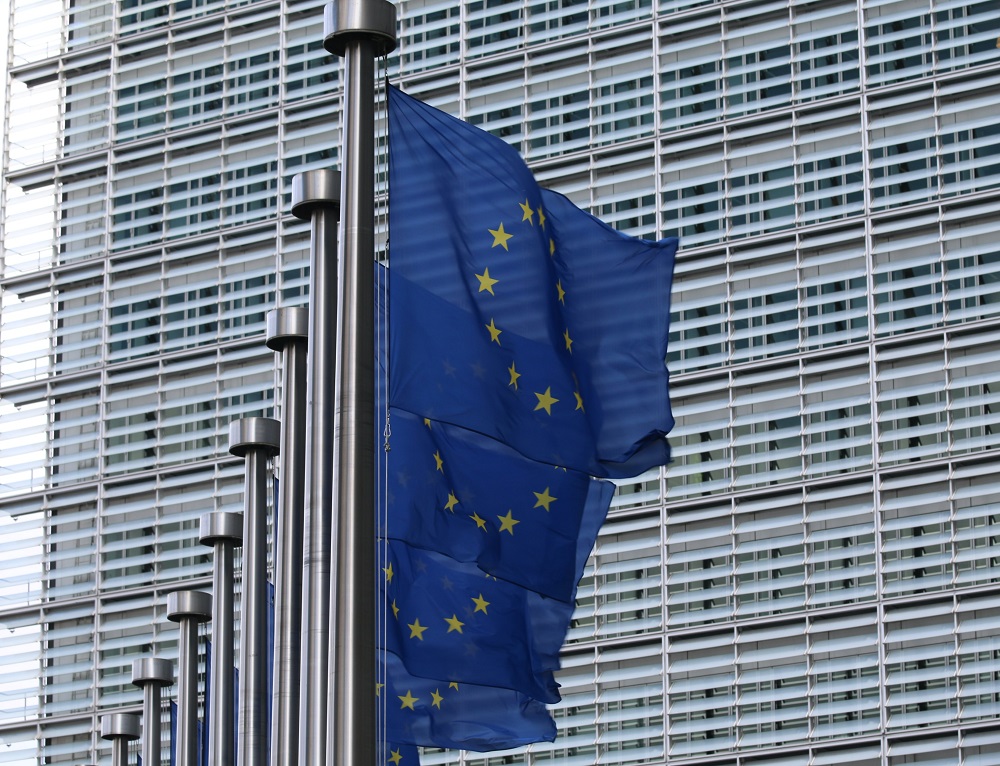The cost of carbon emission permits on Tuesday reached a record high of over 100 euros ($107) per ton in Europe’s carbon market, the oldest in the world. This was a shock for major polluting industries. But the greenhouse gas emissions must be reduced.
The main initiative of the EU bloc to reduce greenhouse gas emissions is the Emissions Trading System (ETS) in Europe. ETSs are also being used to achieve climate targets in a number of other regions of the world.
What is the purpose of ETS?
The purpose of an Emissions Trading System (ETS) is to provide a market-based mechanism for reducing greenhouse gas emissions. The ETS works by setting a cap on the total amount of emissions that a group of regulated entities, typically large industrial emitters, are allowed to emit over a certain time period.
The entities are then allocated a number of emissions allowances, which they can buy and sell with each other. If an entity emits less than its allocated allowances, it can sell its surplus allowances to other entities that may exceed its allocations. This creates a market price for emissions, incentivizing entities to reduce their emissions and make investments in low-carbon technologies.
The ultimate goal of an ETS is to help countries achieve their greenhouse gas emissions reduction targets under international agreements such as the Paris Agreement. By creating a financial incentive for emissions reductions, an ETS can be a cost-effective way to drive emission reductions and facilitate the transition to a low-carbon economy.
Simply said, an ETS places a limit on the amount of emissions that a sector, or group of sectors, may emit. For those emissions, it produces “carbon permits,” which businesses must purchase for each tonne of CO2 they release. In order to retain their competitiveness on the global stage, several industries receive free permits.
The EU is not the world’s largest polluter, so why ETS?
The ETS is not unique to the EU. There are equally important carbon emissions trading systems worldwide.
As for European ETS, all 27 EU states, plus Iceland, Liechtenstein, and Norway participate in the EU’s ETS. ETS, since established 18 years ago, covers power plants, aviation, and energy-intensive businesses. It covers about 40% of the emissions from the bloc. On Tuesday, permits reached a record price of almost 100 euros ($106.66) per ton.
After quitting the EU program as a result of Brexit, Britain established a national ETS in 2021. It encompasses airplanes, power plants, and energy-intensive sectors. Currently, benchmark permits for the scheme sell for about 85 pounds ($102.83) per ton.
Polluting seems cheaper in Asia and Oceania
China introduced a national ETS in 2021. They cover carbon emission gases from the electricity industry, which is responsible for 40% of all emissions in the nation. In the following stage, it’s spreading to other carbon-intensive industries including steel and construction. Currently, the scheme’s permits go for about 57 yuan ($8.29).
The ETS in South Korea began in 2015. It includes the power sector, industry, and domestic aviation and accounts for over 70% of the national economy. Currently, the scheme’s permits sell for about 13,000 Korean Won ($9.99).
The ETS in New Zealand covers producers of liquid fossil fuels including gasoline and diesel. Since it started in 2008, it covers as well electricity generators. Some forest owners receive free permissions, while others might sign up voluntarily. Currently, prices hover around NZ$ 70 ($43.64).
The US: Business First
The Regional Greenhouse Gas Initiative (RGGI) of the United States covers several states. Among them are Connecticut, Delaware, Maine, Maryland, Massachusetts, New Hampshire, New Jersey, Rhode Island, and Vermont. Although Virginia’s Republican governor has stated he intends to have the state leave the carbon trading program, Pennsylvania and Virginia have both joined RGGI. RGGI covers the emissions from the power industry. Currently, the scheme’s permits are going for about $13.
The Western Climate Initiative (WCI) includes significant industrials and electrical providers and encompasses California, Washington, Quebec, and Nova Scotia in Canada. At the moment, permits are trading for about $27.

